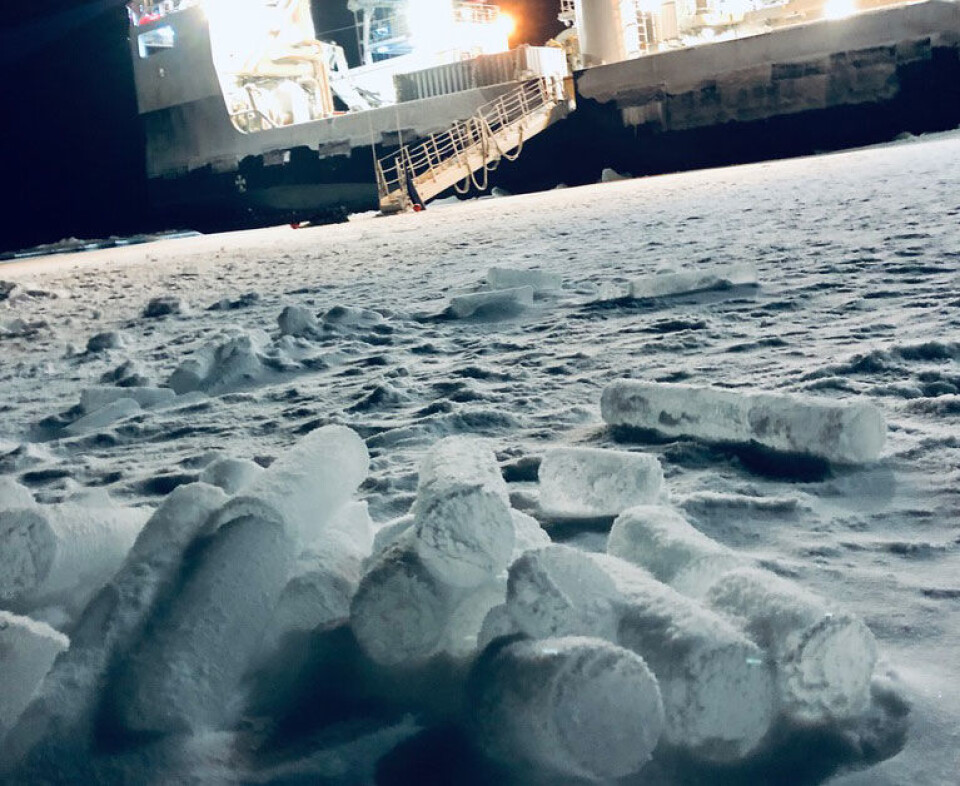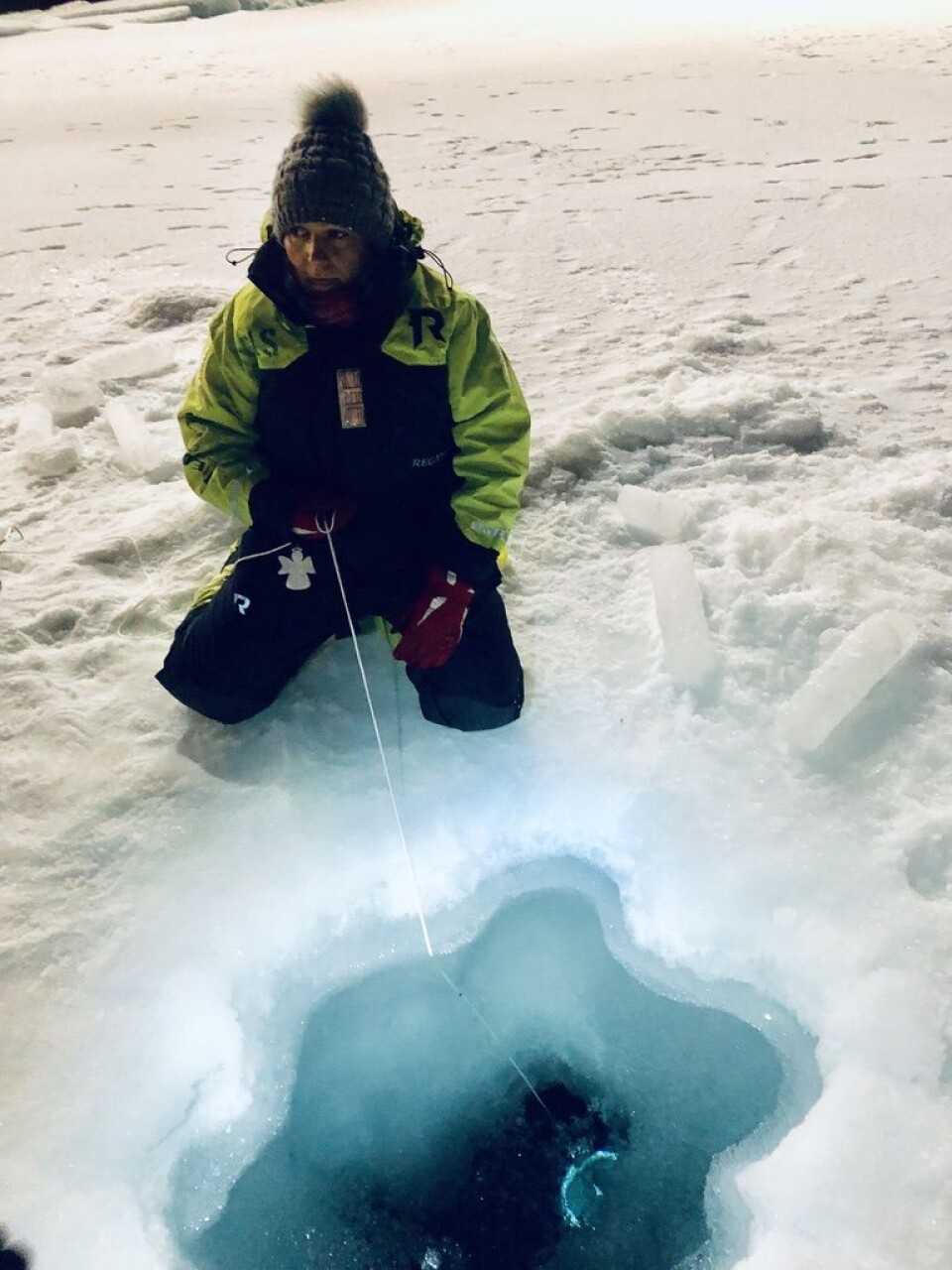
Hot topics from the cold
More than 75% of the Earth’s surface is occupied by cold environments. Cold environments are hot spots for the organisms living there.
This month before Christmas we are a group of scientists heading as far north as we can with the worlds most advanced and modern ice breaker ship RV Kronprins Haakon. We are following into Fridtjof Nansens footstep going into the ice and studying various lifeforms that live and thrive under these conditions.

One additional aspect to this research cruise is that we are traveling into the Polar night doing the surveys in complete darkness. The only light comes from the ship and from the researcher’s head torches. For the last two days we have also gotten a small glimpse of the moon. It is indeed very exciting but also challenging.
Under these conditions where the biology seems to have adapted so well, we still face severe challenges getting the advanced scientific equipment to work under minus 22 degrees C, under windy conditions on deck and on the ice. Also getting the equipment to work when lowering it down to 3800 meters depth in the polar basin requires patience and advanced skills from both scientists and crew. So far, we have found a myriad of microbial life forms of algae, zooplankton and bacteria. There is indeed a huge diversity and activity among the organisms living here and at this time of the year.
More than 75% of the Earth`s surface is occupied by cold ecosystems spanning from Polar to alpine regions and not to forget the deep oceans. These cold environments are the perfect habitat for psychrophiles or cold loving organisms. Such cold environments can thus be regarded as hot spots for the organisms living there.
This might sound strange as we all know that water is a prerequisite for living organisms and that water freezes as soon as the temperature drops below zero degrees C. So how can it be so many organisms that are adapted to these low temperatures and how do they survive in such harsh environments?
There is an enormous biomass living and thriving in these cold environments. The ability to thrive at temperatures close to or below the freezing point of water requires a vast array of adaptation to maintain the metabolic rates and sustainable growth compatible with life under these severe environmental conditions. A few of these adaptation mechanisms we already know, but there is still vast amount of mechanisms that needs to be explored, mostly because these places have been inaccessible – until now.
This is very exciting science and we are eager to continue the work in the next days to come.







